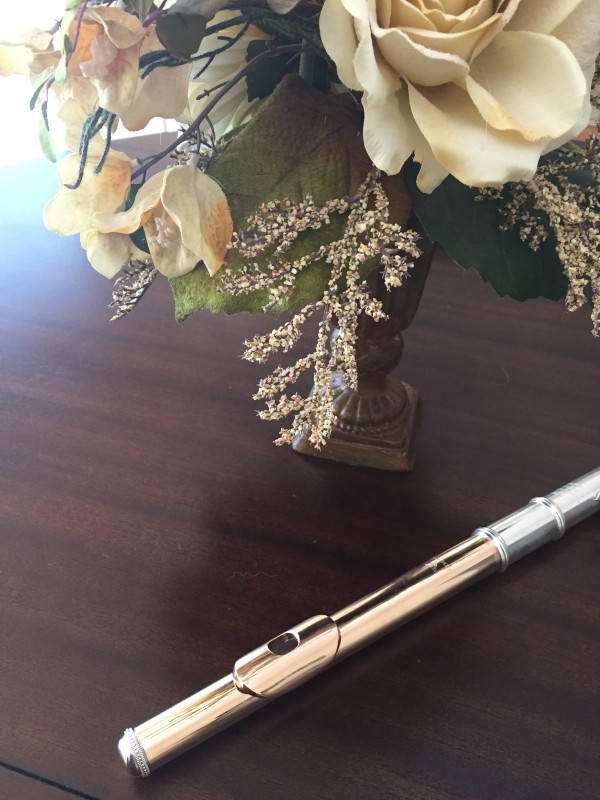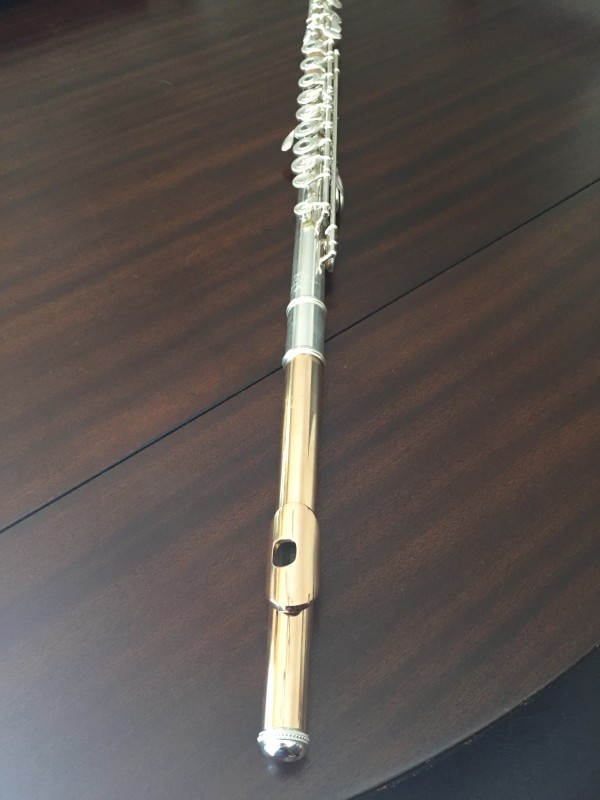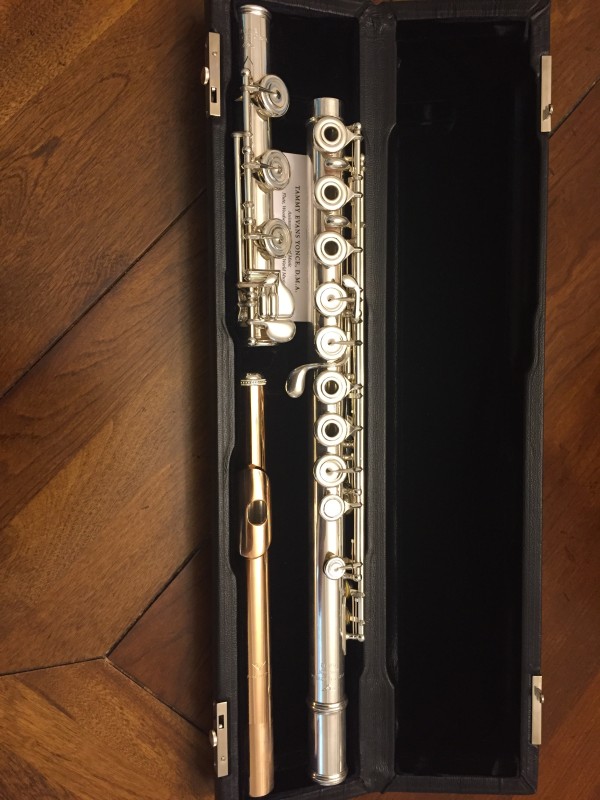It’s been a busy, full year. Usually, I assess what I’ve done (and haven’t managed to get done) at the end of the academic year; as a college professor, my concept of a “year” goes from August to May. However, it probably isn’t a bad idea to perform a mid-year check-up. While it’s easy to become frustrated as an ambitious, adjunct professor/classical musician, I think I’ve done a pretty decent job this year. I have several big projects in the works and will continue building on my experience, which will hopefully lead to a full-time professor gig in 2012.
Personally, there have been some tragic bumps in the road. My brother and sister-in-law had their first baby, Austin, in December 2010; she was premature. Baby number two, Cash, was born even more prematurely in September 2011. Both babies passed away this year. The March of Dimes has become my charity of choice, and I hope to be able to do some fundraising for them this year through music performance.
Professionally, things have been busy and varied. I spent a lot of time developing an online presence, finally biting the bullet and joining Twitter (@TammyEvansYonce) over the summer. I was reluctant to do so because I thought I was busy enough. However, I’ve met an entirely different group of people than I would ever meet through other avenues, and I’m able to interact with them regularly. It has definitely been worth it. I also redesigned my website this year, which I think makes it clearer and easier to navigate. I’ve also started adding blog posts to my site, with a primary focus on how to make practicing more effective and efficient. I’ve also written posts about teaching: my B-flat fingering rant is now in print, and there are posts about choosing a new instrument, how to prepare for a recital, and performance anxiety. I also started a new blogging site with the purpose of covering a wide variety of topics relating to a musician’s life: performance, music business, music education, and so forth. It has been growing by leaps and bounds, and we continue to add contributors. I’m really excited about this particular project and invite you to take a look at what we’ve done so far.
As far as performance, I’ve done less of this than I would have liked. I continued to perform as principal flute with the Ludwig Symphony Orchestra, which is based in the Atlanta area. That has been a great opportunity to play some of the real orchestral standards. I also continued playing in the Northwinds Symphonic Band, also based in the Atlanta area. I truly enjoy playing the band literature, and this is a fine group of colleagues. We also took a mini-tour through Georgia over the summer. When you play in south Georgia, they reward you with syrup! I had the opportunity to perform at Flute Festival Mid-South this spring, which was the perfect reason to take a little trip to Nashville. (Needed a new pair of boots, anyway…) Rhonda Larson was the guest artist, and I enjoyed taking part in the masterclass she led. I also participated in a concert of American music at University of South Carolina Aiken, where I’m on faculty. I never turn down an opportunity to play Charles Ives. My biggest performance was my Newberry College faculty recital at the end of the year, which included works by CPE Bach, Roussel, Jennifer Higdon, Muczynski, Enesco, and Jay Batzner. It was a heavy program but I prefer to go all out in solo recitals.
I was happy to return to my alma mater, the University of Georgia, to present at their Women’s Studies Research Symposium early in the year. I presented my dissertation research on the flute works of Joan Tower. I was also scheduled to present a workshop on effective practicing at the Carolina Flute Summit; however, the event was rescheduled for a date I was unavailable. Hopefully, I’ll be able to participate with the South Carolina Flute Society in the very near future.
I’ve continued researching the flute music of Joan Tower, and I’ve added the flute music of Jennifer Higdon as a primary research topic.
I increased my involvement with the Atlanta Flute Club when I was elected President in February. This group is a well-oiled machine, and I’m happy to be able to jump in and help brainstorm some new ideas within an already-successful group. Some of my specific goals are to increase our membership to include members of various ages and levels and to sponsor even more high-quality programs that give flutists in the Atlanta area access to teachers, performers, and information they otherwise wouldn’t have. This year we’ve instituted the brand new Junior Artist Competition for students through the 10th grade, which complements our well-established Young Artist Competition. We have several great events planned for 2012, so stay tuned!
Having an article published in the Journal of the British Flute Society was a particular highlight of the year. I was thrilled to have my research on Joan Tower, an American composer, published across the pond. It also gave me the chance, through this and Twitter, to meet some great British flutists.
My teaching responsibilities have increased this year, and I have eagerly embraced the opportunity. Being on faculty at two different colleges gives me the chance to perhaps teach a wider variety of courses than if I just taught at one place. (Of course, there are considerable pitfalls to being part-time at two colleges, but let’s focus on the positive.) This year, new teaching included: assisting with marching band, establishing a flute studio class, starting a flute ensemble, and an introduction to music literature class. I’ve also been busy preparing to fill in for the theory professor when he goes on sabbatical in January; I’ll be teaching two courses from the undergraduate theory sequence as well as form and analysis. I’m really looking forward to teaching these classes.
I’ve also done some of the other college stuff besides teaching classes. I’ve been doing quite a bit of recruiting for one college, which has included a lot of travelling and coordination with the admissions department. I’ve also been designated the chamber music coordinator, which means I schedule student performances throughout the community. Now that the big recruiting event for the year is finished, I’ll be focusing on this more in the first semester of 2012.
And the miscellaneous: I’ve got several big projects in the works for 2012. They’ve taken quite a bit of work this year and will be ready to go very soon. I was very excited to be able to judge the Newly Published Music competition of the National Flute Association. I’ve also started taking occasional lessons again with Christina Smith, principal flute of the Atlanta Symphony Orchestra. I can’t say enough good stuff about her – what a fantastic musician!
So what’s in store for 2012? As a musician, who knows. I’ve learned that it’s an unpredictable gig, and you just have to do the best you can. Hopefully 2012 brings a full-time job as a music professor. Regardless, I’m going to introduce three big projects and continue writing blog posts. I’m also looking for a new flute – technically, a new “old” flute – a vintage Powell. I’ll be presenting at the Kentucky Flute Convention in January and the British Flute Convention in August; I’m also organizing the Atlanta Flute Club Flute Fair along with the rest of the board. I’m going to submit proposals to perform and present at as many flute conventions as possible, and I hope to also present at several universities over the course of 2012. I also have an article under consideration that I hope is published this year. My biggest plan for 2012 is to focus on musical collaboration. Several recitals are already in the works, but I want to be able to look back on 2012 and see that performing with other musicians has been my primary focus. It took me a while to learn but the collaborative aspect of music performance is really one of the best things about this profession.
What a year! What are your goals? Want to collaborate? Follow me here or on Twitter @TammyEvansYonce.





![IMG_0631[1]](https://www.tammyevansflute.com/wp-content/uploads/2013/01/IMG_06311-150x150.jpg)
